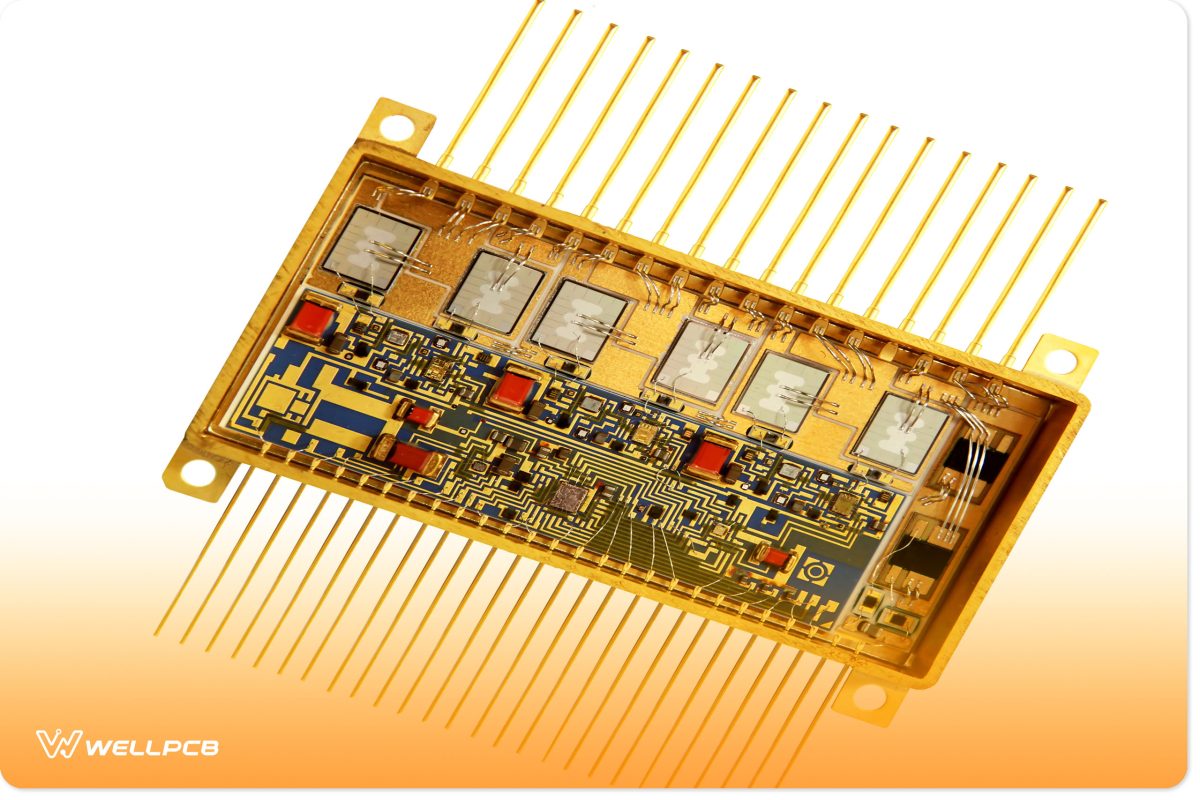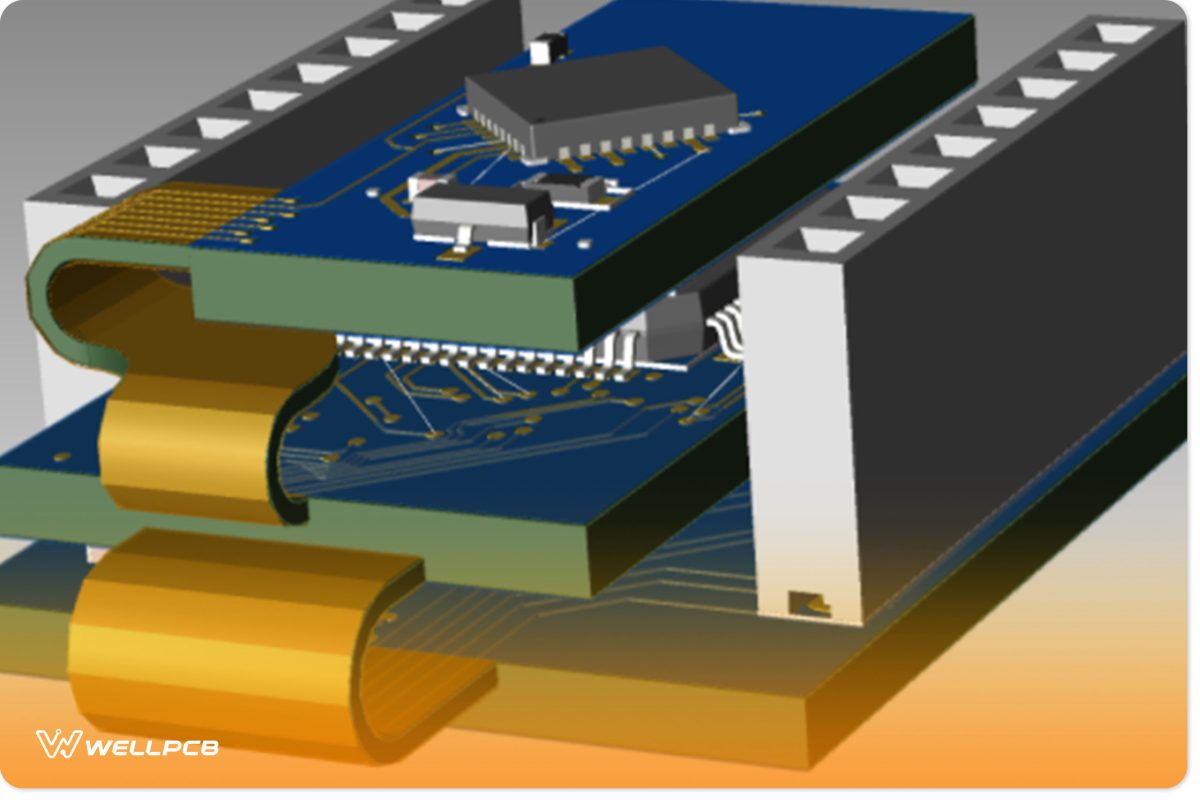Multiple Advantages of Flex PCB
Flex circuits, designed with flex PCBs, offer several key advantages:
- Space and Weight Savings: A well-designed flex PCB combines freedom, weight, and space savings, reducing the need for packaging. Flex circuits can fit seamlessly on any board and are thin, making them easier to package and transport. They can be folded, positioned, and creased into smaller spaces, allowing for miniaturized devices.
- 3D Packaging Geometry: Flex circuits utilize 3D packaging geometry, minimizing space requirements. This capability enables a substantial reduction in weight, a feature that isn’t achievable with traditional wiring.
- Error Reduction: By using flex circuits in place of wires, errors associated with hand-wired assemblies are significantly reduced. Flex PCB designs eliminate inter-surface connectors, solder joints, and contact cramps, enhancing the reliability of the circuits.
For applications requiring both flexibility and structural integrity, the rigid flex design can be an ideal choice, combining the benefits of both rigid and flexible PCBs in a single solution.

• They have reduced chances of failing since they have very few interconnectors.
• Since flex circuits have low masses and reduced flexibility, the impact of vibration is significantly reduced. This increases the performance of the device in which they are used.
• Flex circuits have enhanced stability and can be deployed in areas with extreme heat. The high-quality materials used are stable and ideal for surface mounting.
They can be used in areas where temperatures are high.
• The flex circuits are made of polyimide, which quickly dissipates heat. They are better than dielectric materials.
• The circuits are chemical resistant and cannot be affected by oils, gasses, and acids. They are UV and radiation-resistant.

Notice that flex PCB can be used in high-density applications because of the controlled impedance. This allows them to be used in areas that require a density device population and lighter conductors, which help free the space, giving room for additional features.
Why You Should Choose Rigid-Flex PCBs
Rigid-flex PCBs derive their names from a combination of rigid and flexible circuitry areas. They are lightweight, compact, and flexible. The boards have multiple layers and come in more conventional designs. They also come with numerous advantages compared to the traditional rigid PCBs. They are small and lightweight, making them suitable for modern applications where electronic devices are small but highly sophisticated. Thus, the rigid Flex PCBs are designed to meet the basic requirements.

Conclusion
Flex PCBs are used in many projects, such as a sensor and media lab require a lot of time to be spent in the manufacturing process. Even though the procedure involves the use of fewer chemicals than is the case with rigid PCBs. Polyimide is the primary material that one can use to manufacture PCBs.Also, a lot of labor is required since most of the associated tasks, such as adding a protection layer, are done by hand.
Other processes, such as alignment, require a lot of time since it is hand done. This is important since it ensures that the sheets are well-aligned for more accessible connections. The last stage of the manufacturing process is where copper is used for delaminating and tests to see if it meets the standards.





